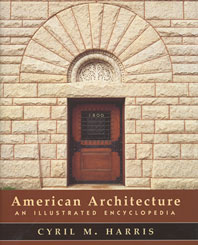Newsmaker: Bruce Miller of Populous Discusses the Firm’s Growth and the Evolution of Stadium Architecture

Soccers-specific stadiums such as Nashville's GEODIS Park are a growing sector for Populous. Photo © Tom Harris
Architects & Firms
Bruce Miller, senior principal, joined Populous (formerly HOK Sports Facilities Group) in 1989. In 2019, the firm, which became independent from its parent in 2009, named Miller managing director of its Americas group, which encompasses 11 offices and nearly 600 employees with headquarters in Kansas City, Missouri. He has co-led the design of numerous state-of-the-art sports facilities, including Minneapolis’s Target Field (2010), home of the Minnesota Twins; Allianz Field (2019) in neighboring St. Paul; and GEODIS Park (2022) in Nashville (the two latter projects are emblematic of the increased interest in soccer in the United States).
Populous has also grown considerably in recent years, jumping from the 17th (in 2023) to the ninth largest firm in the country by revenue in RECORD’s latest Top 300 Firms ranking. In the following interview, Miller discusses his personal history with Populous and the larger trends that have engendered the firm’s growth.
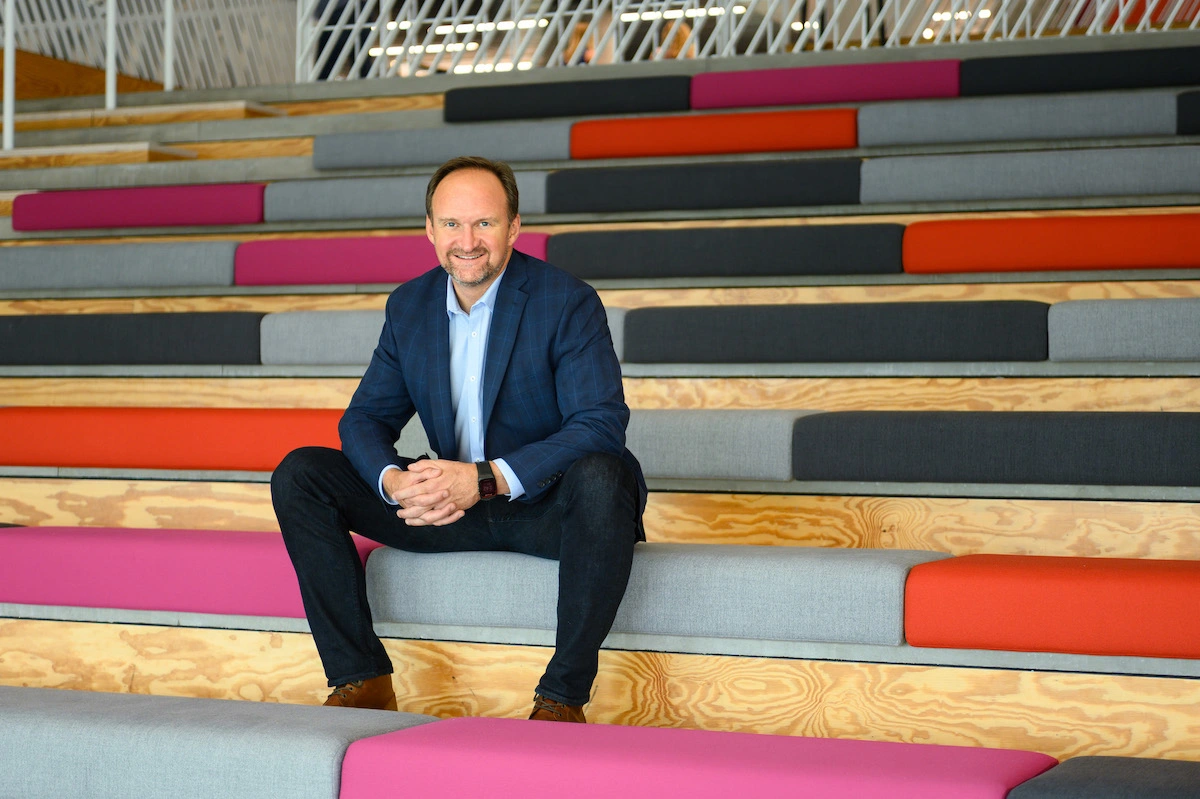
Bruce Miller, senior principal and managing director of Populous's Americas group. Photo © Populous
You joined the Populous team some 35 years ago. What did the sports architecture landscape look like at the time, and, broadly speaking, how has the industry evolved since?
When I attended the University of Cincinnati in the 1980s, the School of Architecture offered a cooperative education program. Around that time, Architectural Record published a feature on the HOK-designed Pilot Field [1988], a minor-league baseball stadium for the Buffalo Bison. Unlike the multipurpose arenas built in the 1970s that were engineering-driven—with not much more in terms of the human experience than a parking garage that happened to surround a field—Pilot Field was one of the first urban ballparks to be built in decades. It caught my attention so, I went off to intern for HOK’s Sports Facilities Group, the predecessor of Populous, which numbered around 45 employees working from a warehouse-like space. After graduating, I established my own practice in Florida and designed houses, but I figured that wasn’t really the road for me, so I went back to Kansas City in 1989. Since then, it has been amazing to see more sophisticated design applied to sports and public assembly buildings to make them more human-centric.
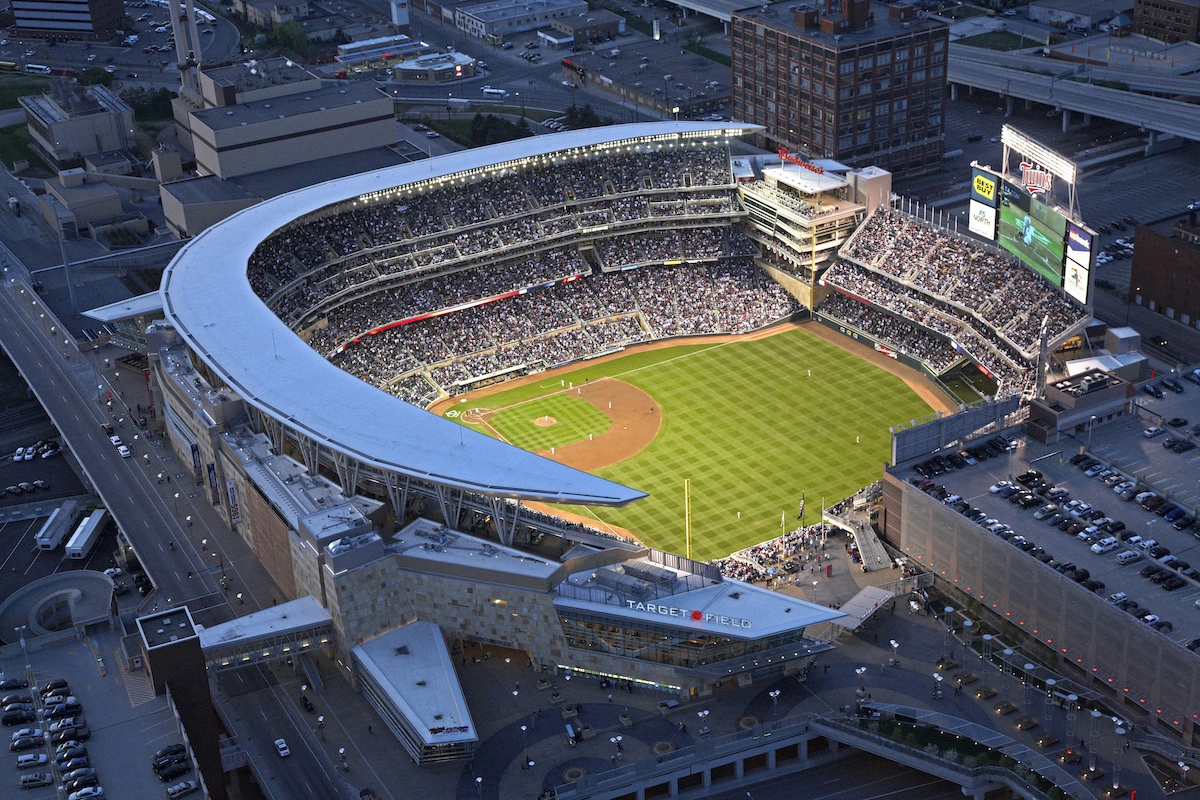 1
1 2
2Target Field, a baseball stadium designed by Populous in St. Paul, Minnesota, embraces its urban context. Photos © Steve Bergerson (1), Paul Crosby (2)
Let’s go back to the early years of Populous. What set it apart and has aided in its ongoing success?
From an urbanistic point of view, the donut stadiums of the 1970s could really be anywhere, right? Often, they were plunked into a bulldozed area of a city surrounded by asphalt parking. Our approach aimed to look at how these buildings could fit into cities and be part of the urban fabric rather than wiping it out—that was part of a general trend in architecture and design at the time. It is also important to remember that we were a specialized firm, then and now, focused on a particular group of buildings and typologies—whereas the majority of the profession still comprises generalist practices. Our expertise has allowed us to be more innovative and creative in the solutions we bring to the built environment, because we know deeply the client’s business and we understand the user experience. I’m fascinated by the phenomenon where the city influences the game, and the game is influencing the city.
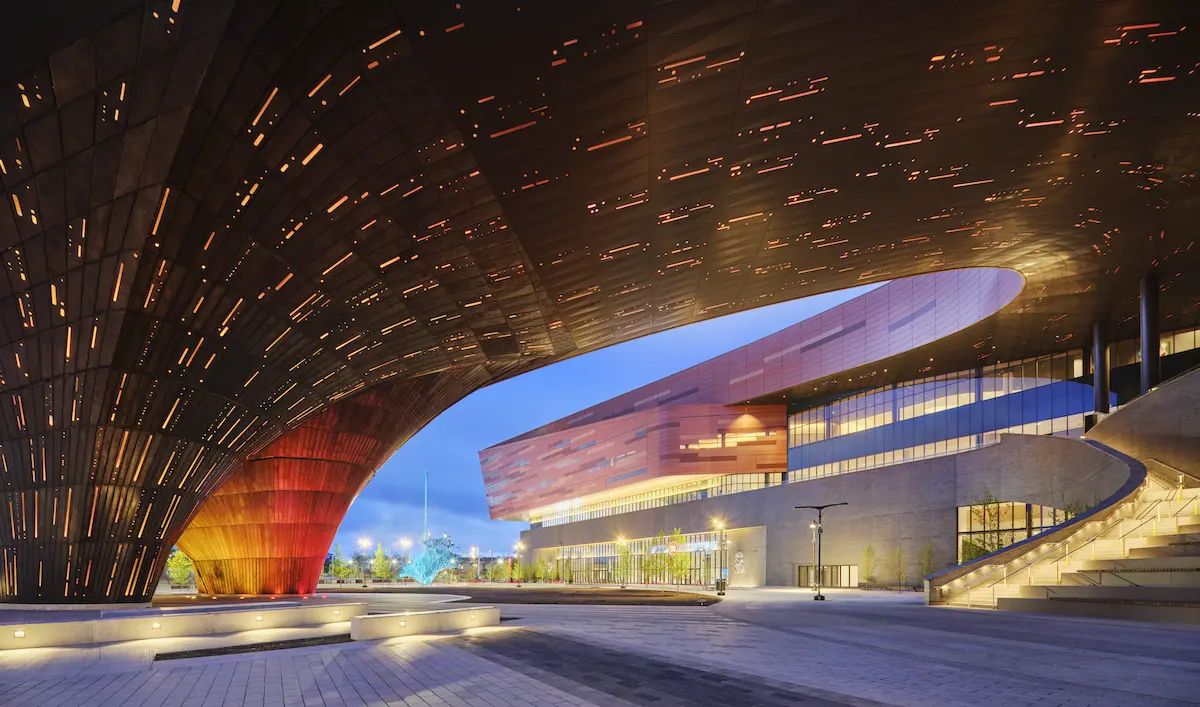
The firm is increasingly taking on convention center projects, like the BMO Centre in Calgary, and airports. Photo © Tom Harris
Populous ascended from the 17th-largest to the ninth-largest firm in the U.S. by revenue over the last year. What types of global trends are driving this level of growth?
There are several. Sports and entertainment have tremendous tailwinds; people and countries are seeing the value of sports and are creating destinations that can really put their cities and countries on the map, globally. For example, the World Cup in Doha proved an interesting economic development experiment, just in terms of the stadia built for the tournament and all the adjacent development. Stadia as anchor developments are also driving urban revitalization, like at the Fiserv Forum in Milwaukee, to support a larger urban plan. We are also seeing growth in convention center commissions, like the BMO Centre in Calgary, and in the aviation sector.

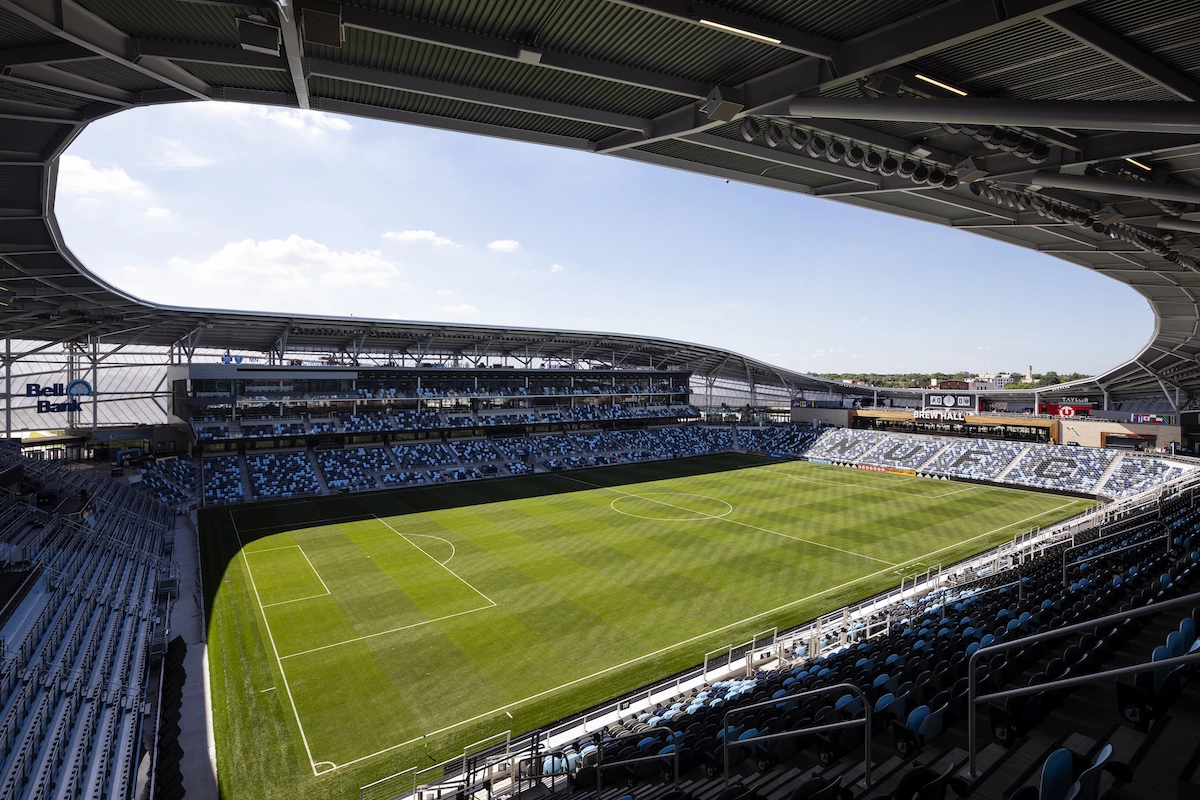
Allianz Field in Minneapolis features a novel PTFE and fiberglass enclosure. Photos © James Ewing
Populous now spans the globe. How do the firm’s many offices interact with each other, and what types of innovations can we expect in the years ahead?
What brings me the greatest joy as the managing director of the Americas practice is bringing in our 11 offices across the region to collaborate. This helps to create an atmosphere of innovation—we also host our own summits to discuss best-in-practice techniques and emerging technologies and trends. The diverse backgrounds and expertise of our team also facilitate material experimentation, as with our fiberglass-laminated PTFE enclosure at Allianz Field and our ongoing work at the Knoxville Smokies Stadium where cross-laminated timber will be used as decking. We’re different from a lot of firms in that we try to operate as a single practice wherever we are in the world. That is, of course, more challenging as we grow overseas, because of time changes, currency translations, and different laws, regulations, and modes of measurement—but those are just complicating factors.






